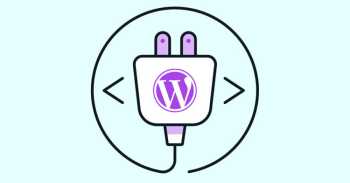What Is Included in a Website Design
Hi, I am Steve Bonin and I run a web-design company in Milton Ontario. Most websites I design today are within the WordPress environment, which makes sense since 35% of all websites on the internet are done this way. WordPress itself is free and there are many free themes and plugins. It can be thought of this way:
- WordPress creates an environment
- Themes shape or style the environment to look and work in a specific way
- Plugins extend the functionality of the theme or the environment in general
What is included in Website Pricing
WordPress
Most website designers include a WordPress installation in their pricing, this takes some time, but it saves time in the long run and gives the client (you) the ability to change things easily in the future.
WordPress Themes
Almost all my websites use the Divi theme. This is a premium theme built by Elegant Themes that costs about $100 per year. I bought an unlimited lifetime license for this theme and all its upgrades several years ago and offer it free to all my clients. I sometimes use a different theme pre-built for a very specific purpose, but usually I can do the same thing with a Divi Layout Pack. Divi allows for a great latitude in design and has pre-built modules for doing most things.


WordPress Plugins
I install a series of plugins on all sites that I build. I hold subscriptions to these plugins and again, I offer them to my clients for free. Below are some of the plugins I install on all my websites and their functions. I use other plugins also but the ones listed below go on all websites and would cost my clients significant subscription fees if they were to do it themselves.
All in One SEO (Pro Version)
This is a great plugin that allows you to easily set titles, meta descriptions & meta keywords for each web page. It also creates sitemaps and robot.txt files that are important in ranking your website. There are some other technical things it does to help your website rank
UpdraftPlus Backup & Restore (Pro Version)
As the name suggests, this is a backup application. I generally create a Gmail account for my clients and set Updraft to back up to the google drive for the Gmail account. Currently Gmail accounts have 15Gbytes of free online storage, which is plenty. Upraft also includes a migration utility to move your website from one host to another — I have found this utility to operate flawlessly — not all do!
Custom CSS & JS (Pro Version)
This plugin allows for the addition of custom styling using CSS or functionality using javaScript. The Pro version allows for codes to be placed on a single page only. This plugin pretty negates the need to create child-themes (a different way of customizing themes). It also allows you to place schema markup on each page, which is important in search engine optimization.
